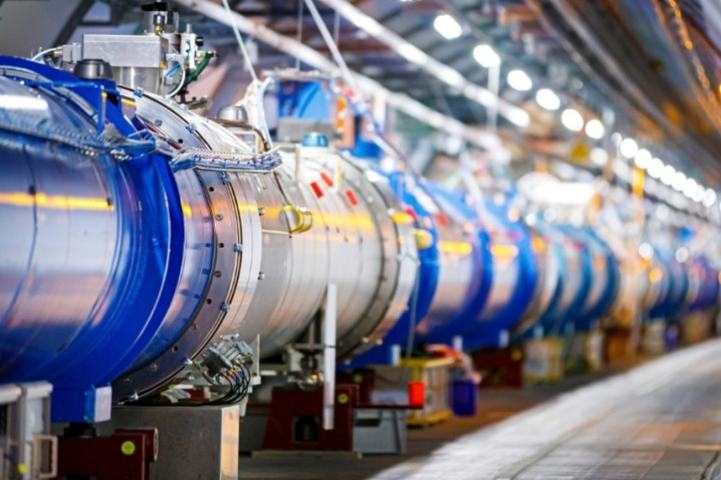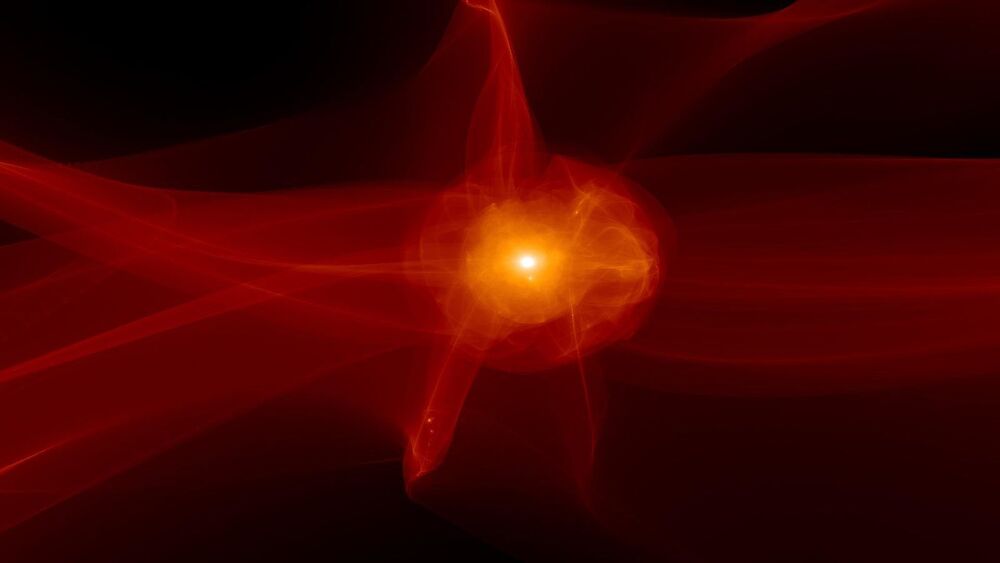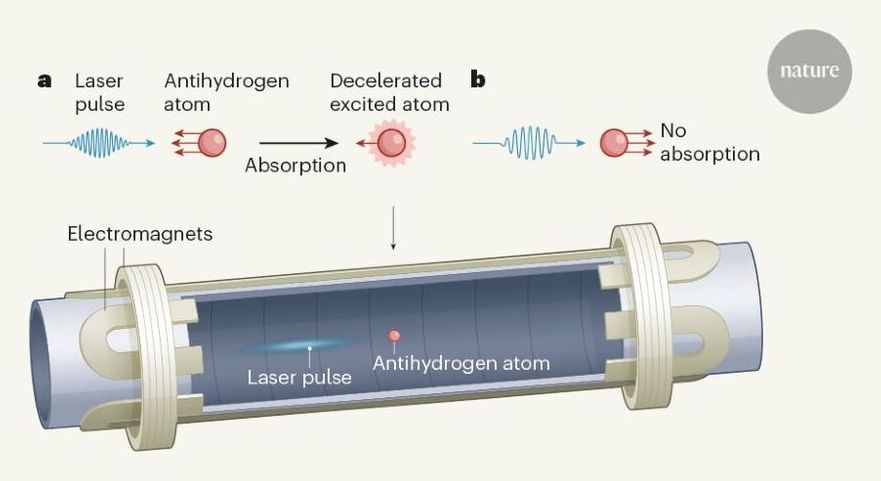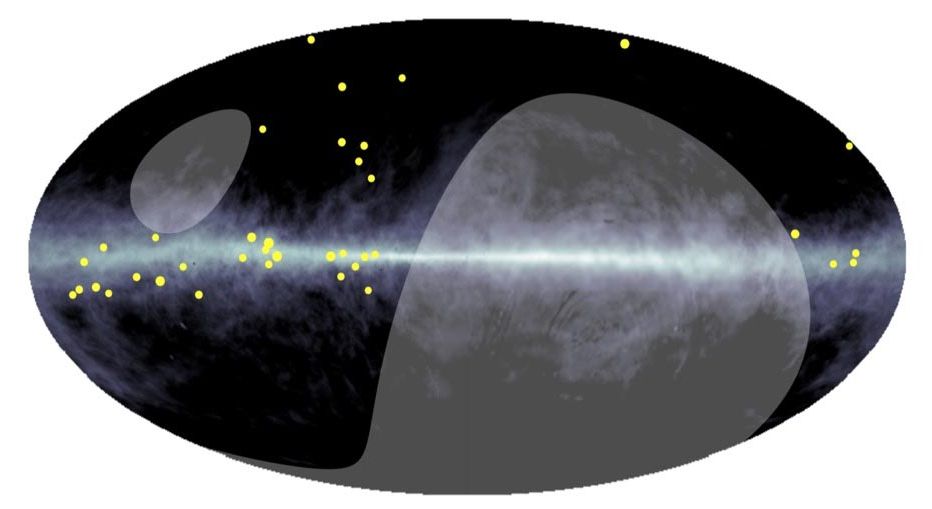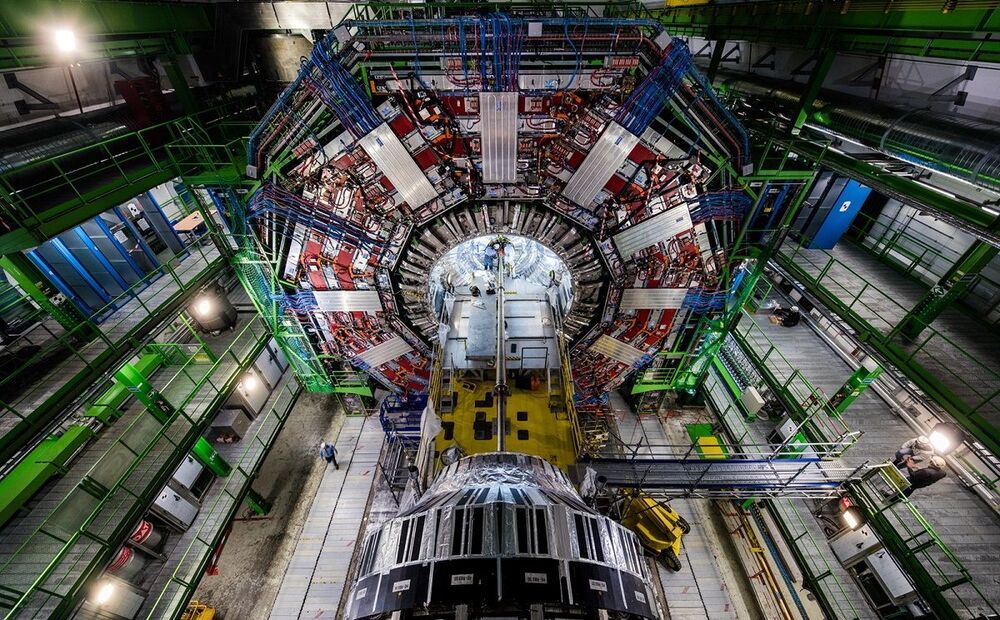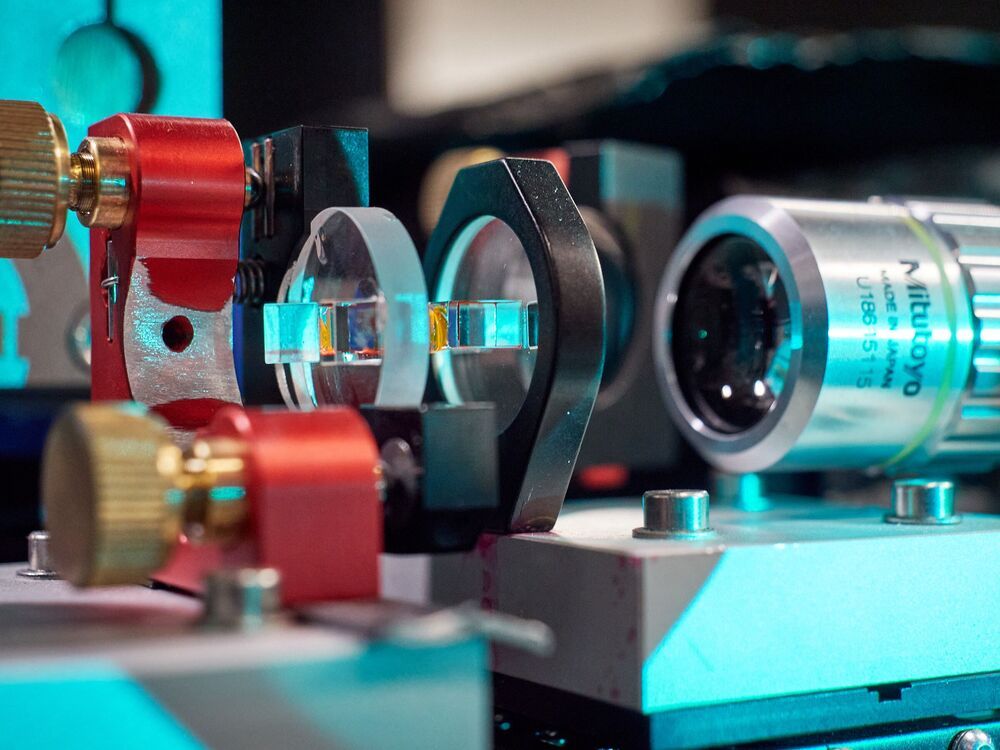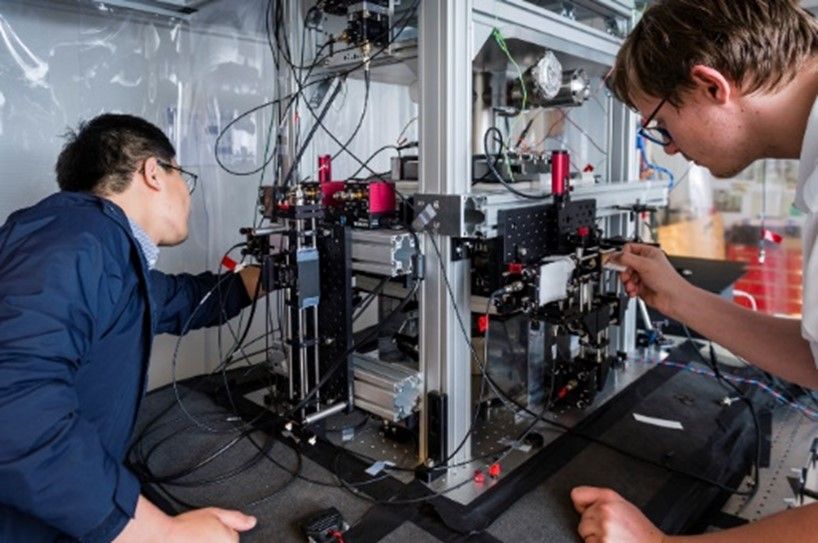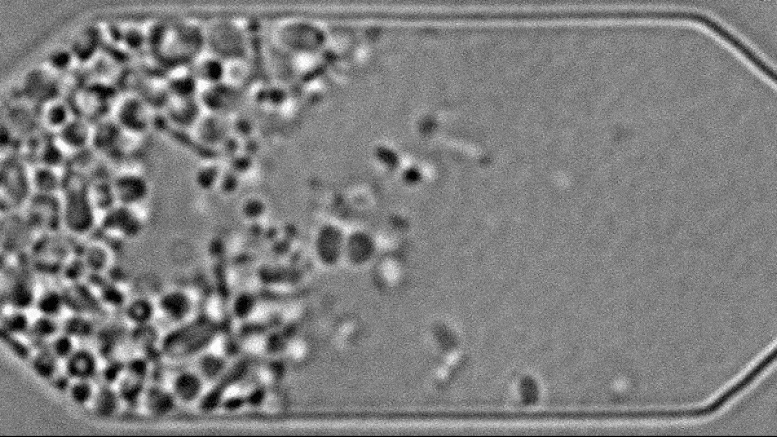Apr 7, 2021
Physicists Have Developed A ‘Quantum’ Hologram Using Entanglement
Posted by Quinn Sena in categories: holograms, particle physics, quantum physics
Researchers have used a quantum mechanical property to overcome some of the limitations of conventional holograms. The new approach, detailed in Nature Physics, employed quantum entanglement, allowing two photons to become a single “non-local particle.” A series of entangled photon pairs is key to producing new and improved holograms.
Classical holograms work by using a single light beam split into two. One beam is sent towards the object you’re recreating and is reflected onto a special camera. The second beam is sent directly onto the camera. By measuring the differences in light, its phase, you can reconstruct a 3D image. A key property in this is the wave’s coherence.
The quantum hologram shares some of these principles but its execution is very different. It starts by splitting a laser beam in two, but these two beams will not be reunited. The key is in the splitting. As you can see in the image below, the blue laser hits a nonlinear crystal, which creates two beams made of pairs of entangled photons.

